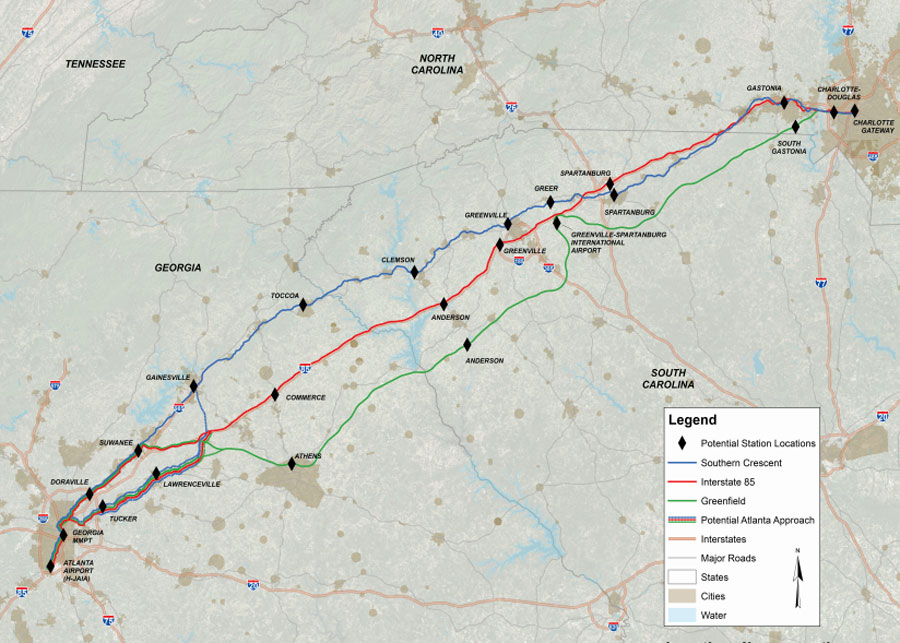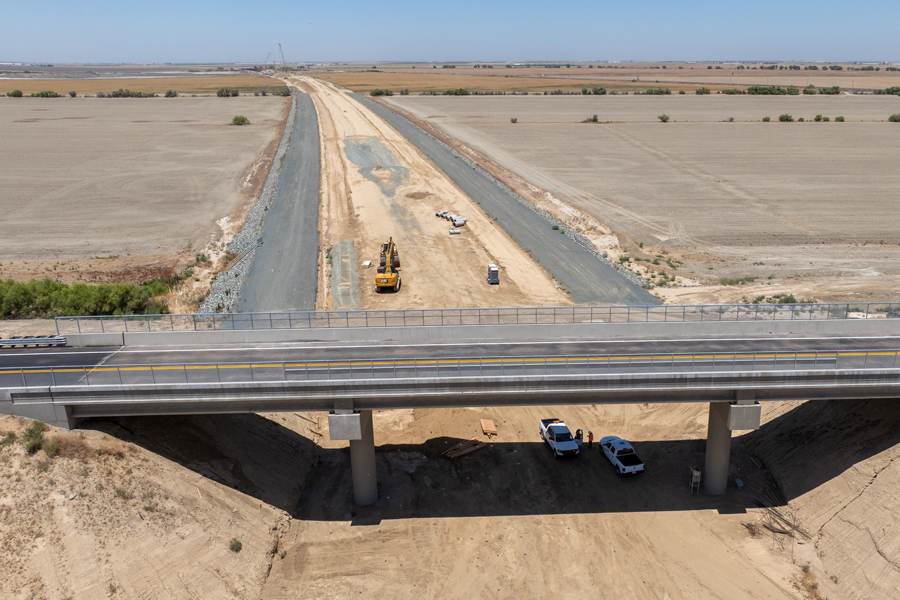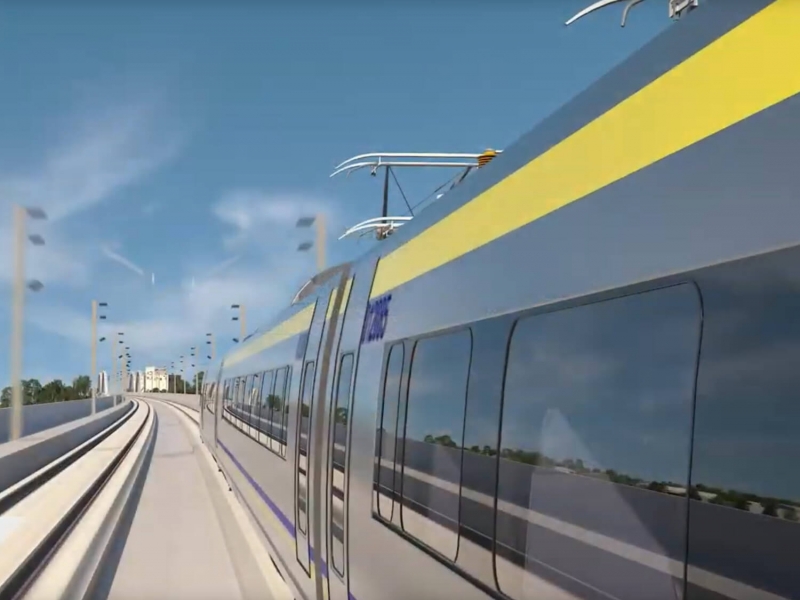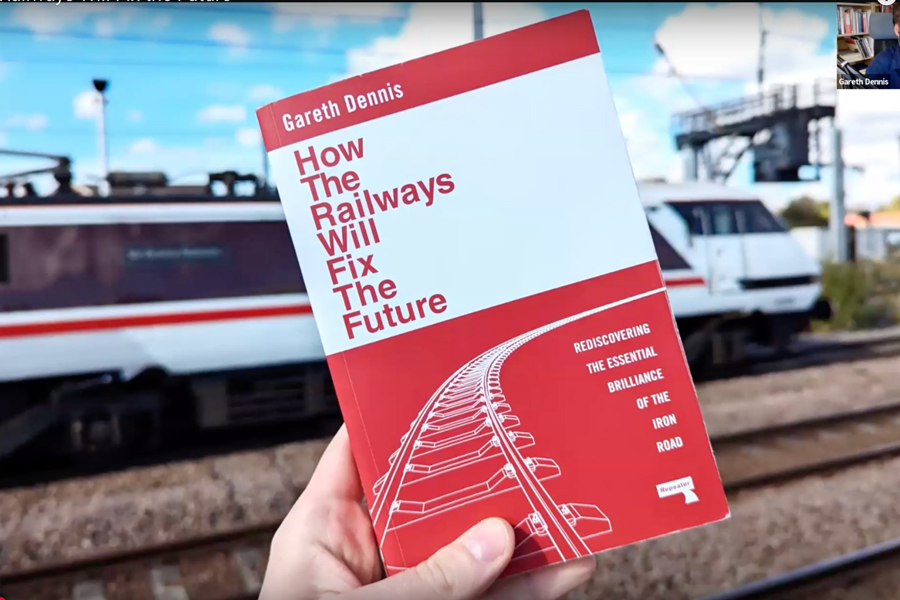California is vowing to fight the Trump administration’s decision to cancel $4 billion in funding for its high-speed line from Los Angeles to San Francisco. “Trump wants to hand China the future and abandon the Central Valley. We won’t let him,” Gov. Gavin Newsom said...
On July 9th, 2021 the proposed Atlanta to Charlotte high-speed line took another step towards becoming a reality. The Georgia DOT released their Tier 1 Environmental Impact Statement and Record of Decision, which explained the need for this project and evaluated three potential routes, choosing a preferred corridor.
This high-speed line is a critical step towards meeting the needs of the growing Piedmont Atlantic Megaregion. It will be a huge boon to the region, improving connectivity, travel times, economic development and enhance energy efficiency.
President Biden recognized the importance of building high-speed rail between Charlotte and Atlanta, recognizing it in a recent speech in his administration’s push for a large investment in passenger rail.
The 3 potential routes included the existing Southern Crescent ROW, which is a shared use line with freight, the I-85 corridor and the Greenfield corridor. The Greenfield corridor was chosen as the Preferred Corridor Alternative as it had lower capital costs than the I-85 Corridor and could run at faster speeds than either the Crescent or I-85 Corridor.
The Greenfield Corridor Alternative is a 274-mile dedicated passenger rail route that would connect Charlotte Gateway Station to the Atlanta International Airport. It includes two stations in South Carolina, three in North Carolina and five in Georgia. The EIS looked at an option for running diesel trains up to 125 mph and electric high-speed trains up to 220 mph. The high-speed option would make the trip in about two hours, compared to the 3 hour and 45 minute car ride (if you’re lucky). The plan is to run 8-11 round trips per day, which would lead to a projected ridership of over 6 million by 2050, diverting 29% of trips to rail.
This corridor will be an important segment of the Southeast Regional Rail Plan. It will help support population and economic growth throughout the Southeast Corridor, impacting large metropolitan areas and many towns in between that will benefit from the connectivity and widespread benefits that only high-speed rail can provide.
The next step for this corridor is to produce a Tier 2 EIS, an important step before securing funding that takes a more detailed look at the chosen route. Important decisions that still must be determined include: the final alignment of the route, location of stations, operating equipment, propulsion technology (diesel or electric) and the detailed operating characteristics.
By the time the Tier 2 EIS is finished, we hope there will be a large source of dedicated funding for high-speed rail projects around the country.
The Latest from HSRA
Our Latest Blog Posts
Check out the latest news, updates, and high speed rail insights from our blog!





